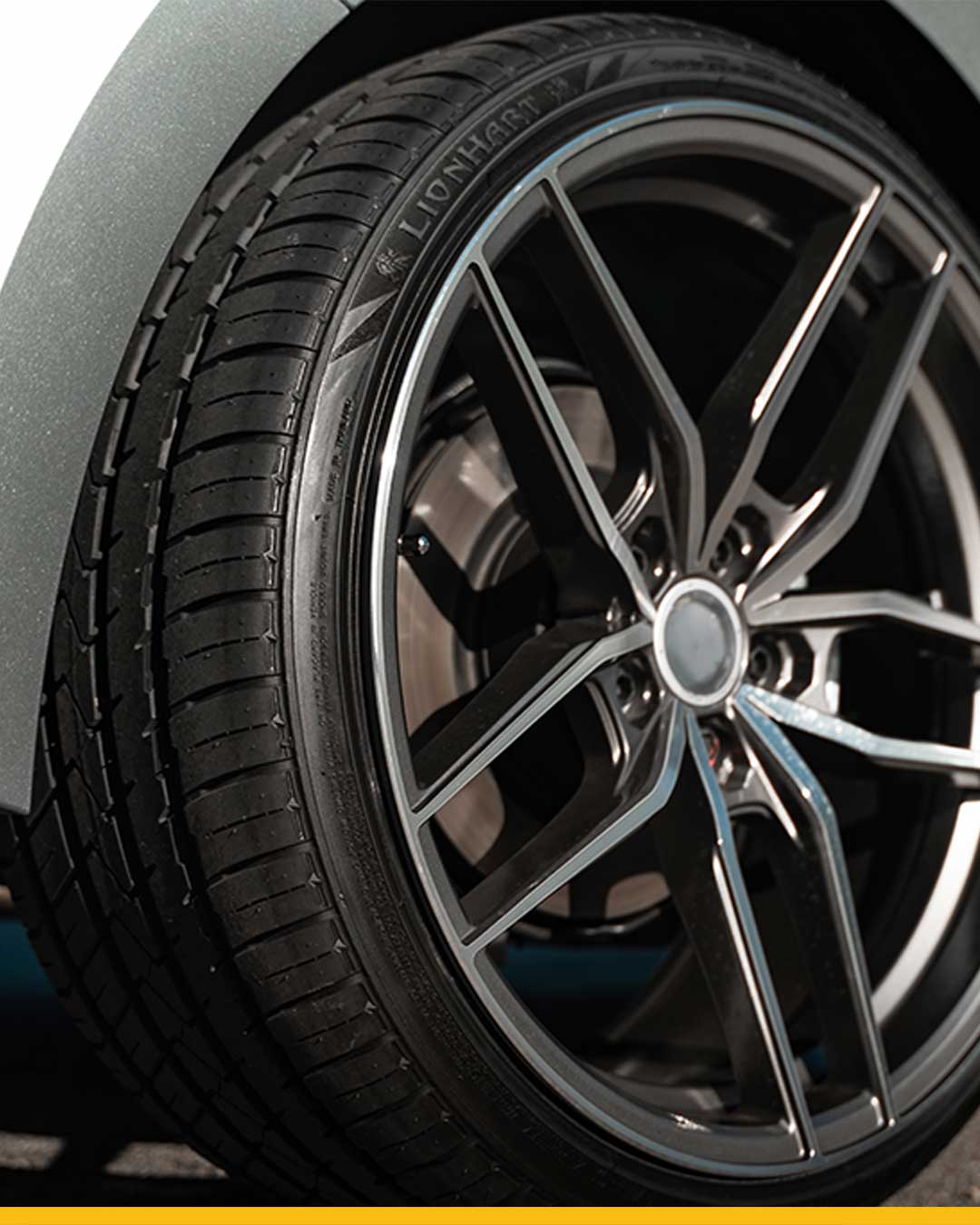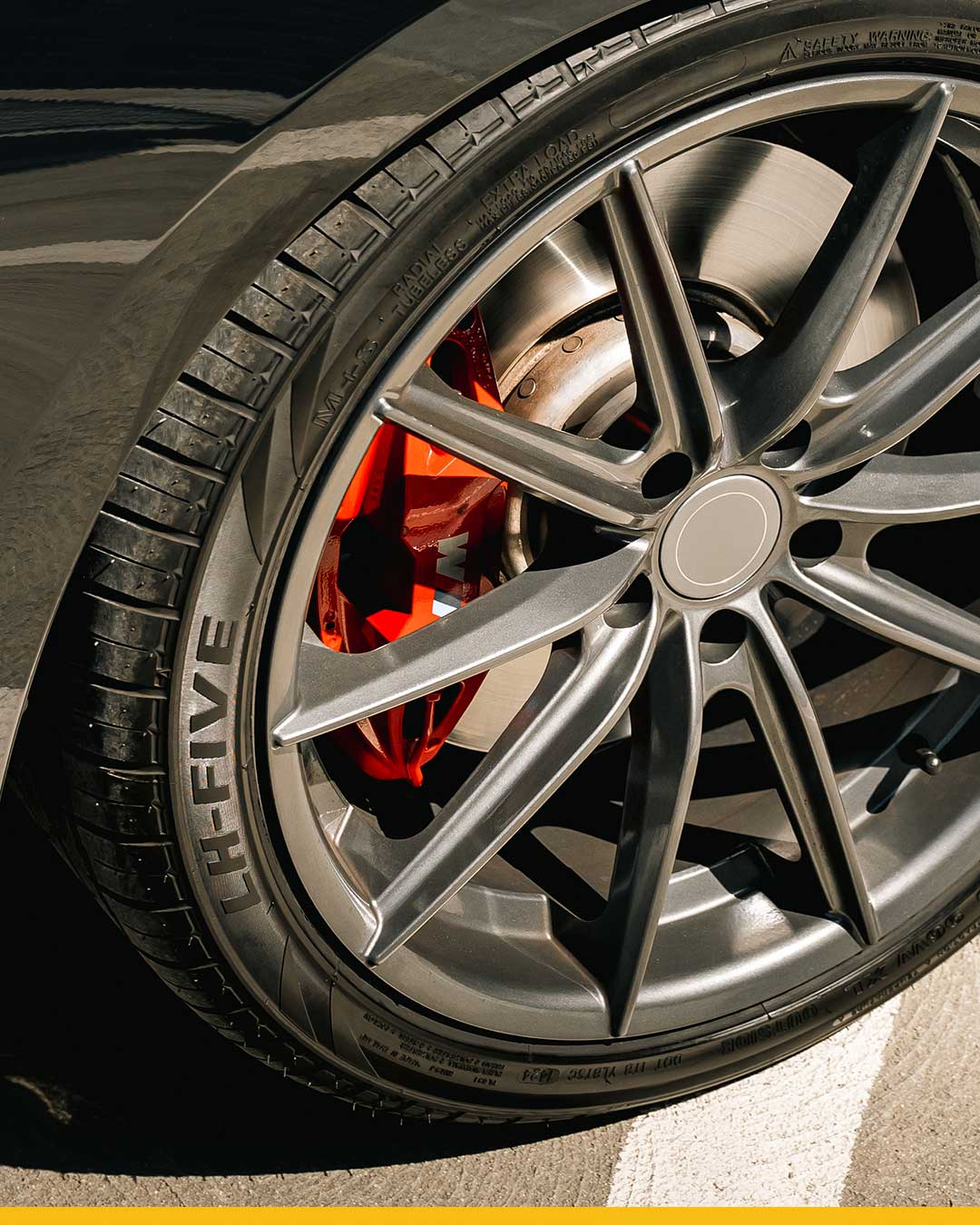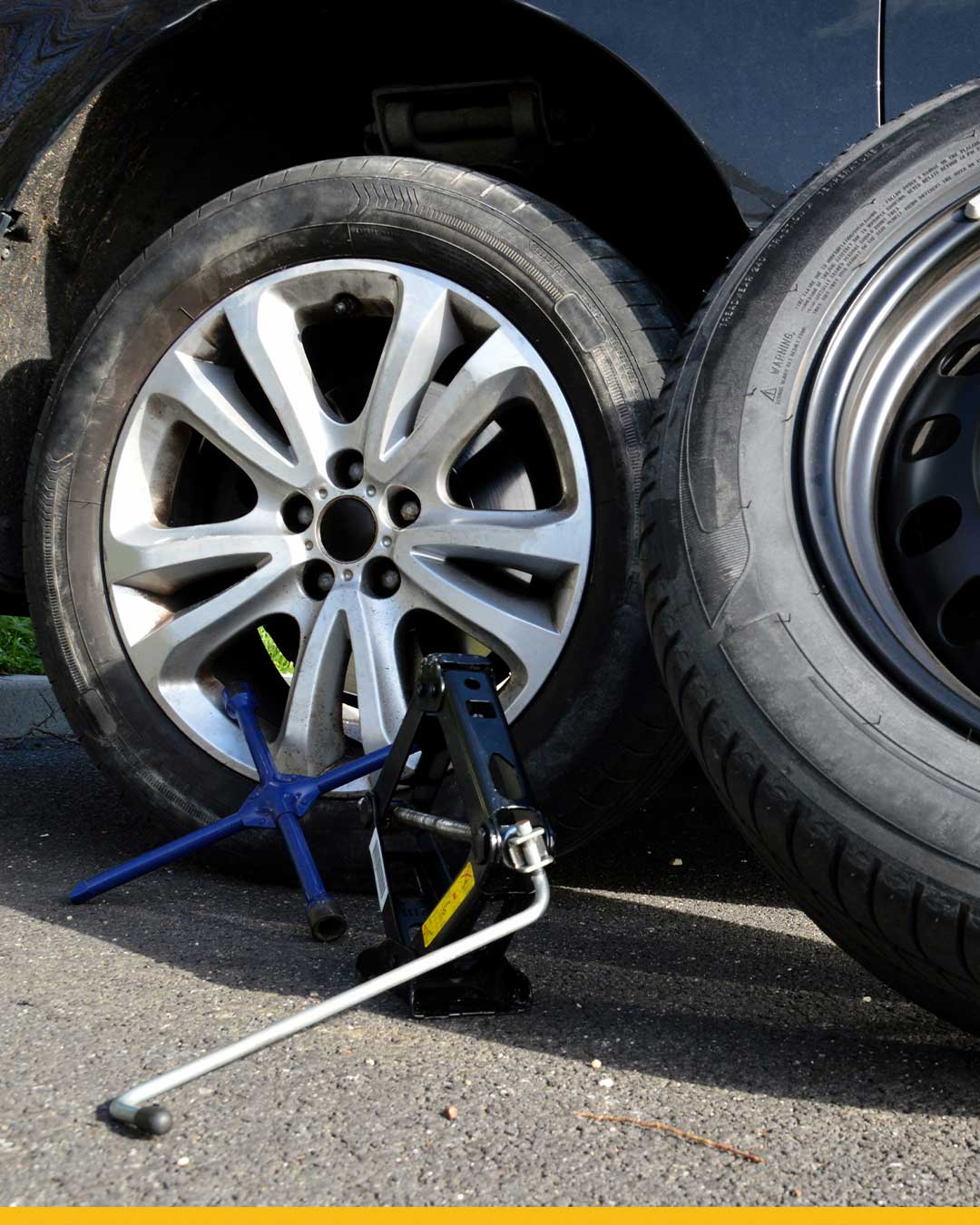Emergency Tire Situations: What Every Driver Should Know
Tires are one of the most critical components of your vehicle. They’re the direct link between your car and the road, carrying the weight of your vehicle while keeping you in control.
Unfortunately, tire issues can happen at the most inconvenient times—usually when you least expect it. That’s why it’s essential to know how to handle emergency tire situations. Today, we’re diving into the most common tire emergencies, how to deal with them, and why Lionhart Tires are the dependable choice for keeping you safe on the road.
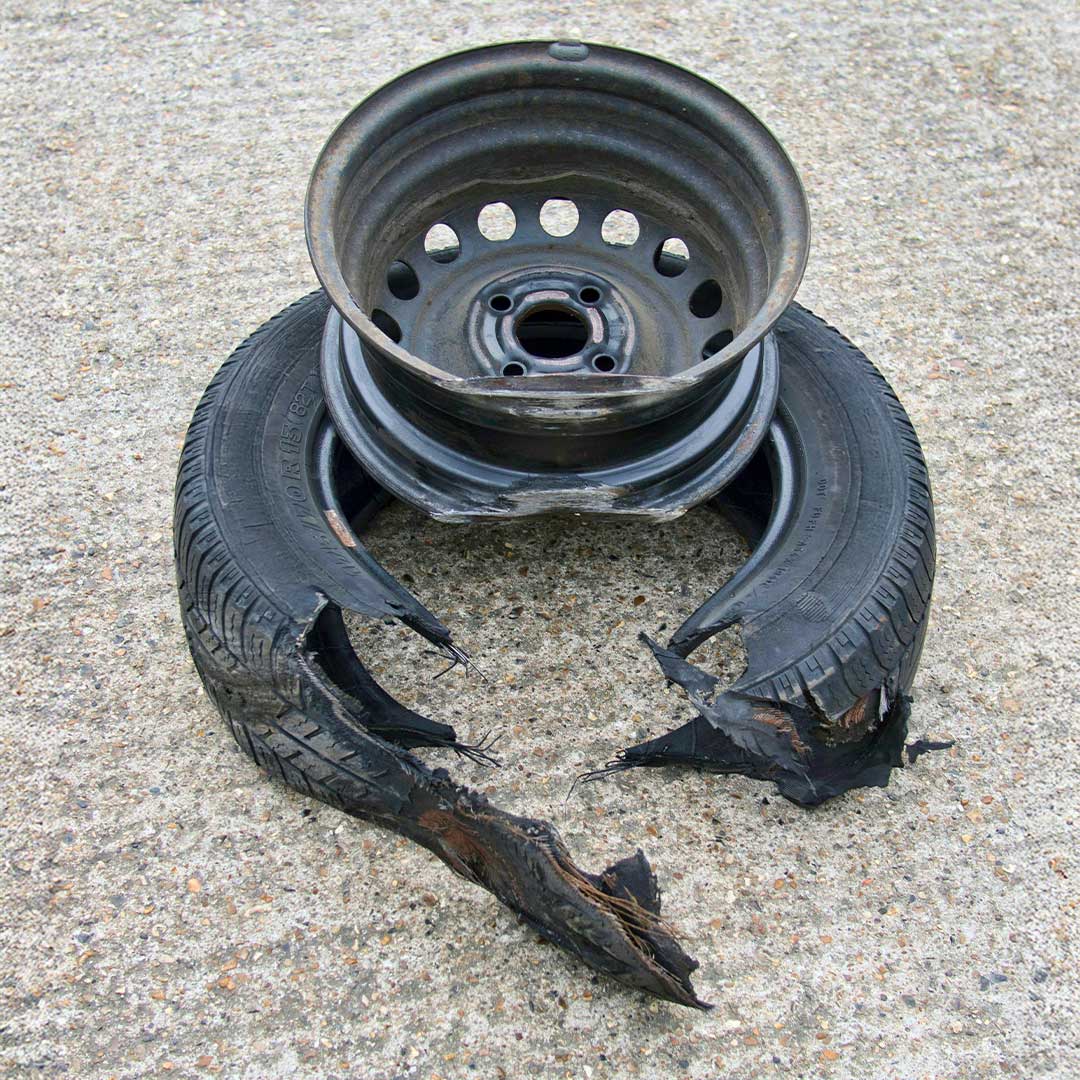
The Dreaded Blowout
A tire blowout is one of the most alarming situations a driver can face.
Imagine cruising down the highway, and suddenly, your tire gives way with a loud bang. A blowout can happen due to several factors—low tire pressure, excessive wear, or even hitting a sharp object at high speed. It’s a dangerous scenario, but knowing how to handle it can make all the difference.
- Stay Calm and Maintain Control: The most important thing is to stay calm. Do not slam on the brakes. Instead, keep a firm grip on the steering wheel and slowly ease off the accelerator.
- Steer Smoothly: Steer in the direction you want the vehicle to go, gradually bringing it to the side of the road.
- Slowly Apply the Brakes: Once you’ve slowed down enough, gently apply the brakes to bring the vehicle to a complete stop.
Regularly inspecting your tires for visible damage or uneven wear can help you avoid blowouts. Lionhart Tires are engineered for quality and durability, reducing the risk of a sudden blowout.
Flat Tire on the Road
Getting a flat tire is an inconvenience every driver dreads, but it’s also one of the most common tire-related emergencies. Flats can occur due to punctures from nails or other sharp objects, or from slow leaks that have gone unnoticed.
- Pull Over Safely: As soon as you notice the flat, pull over to a safe spot away from traffic—ideally a flat, solid surface.
- Use Hazard Lights: Turn on your hazard lights to alert other drivers, especially if you’re on a busy road or highway.
- Changing the Tire: If you know how to change a tire and have the necessary tools, you can tackle it yourself. Make sure you have a spare tire, jack, and lug wrench. Place the jack under the car frame near the flat tire, use the lug wrench to remove the lug nuts, and replace the tire with the spare.
If you’re unsure about changing the tire yourself or feel unsafe, it’s always better to call for roadside assistance. With Lionhart Tires, you can have peace of mind knowing that our tires are built to last and resist common causes of flats.

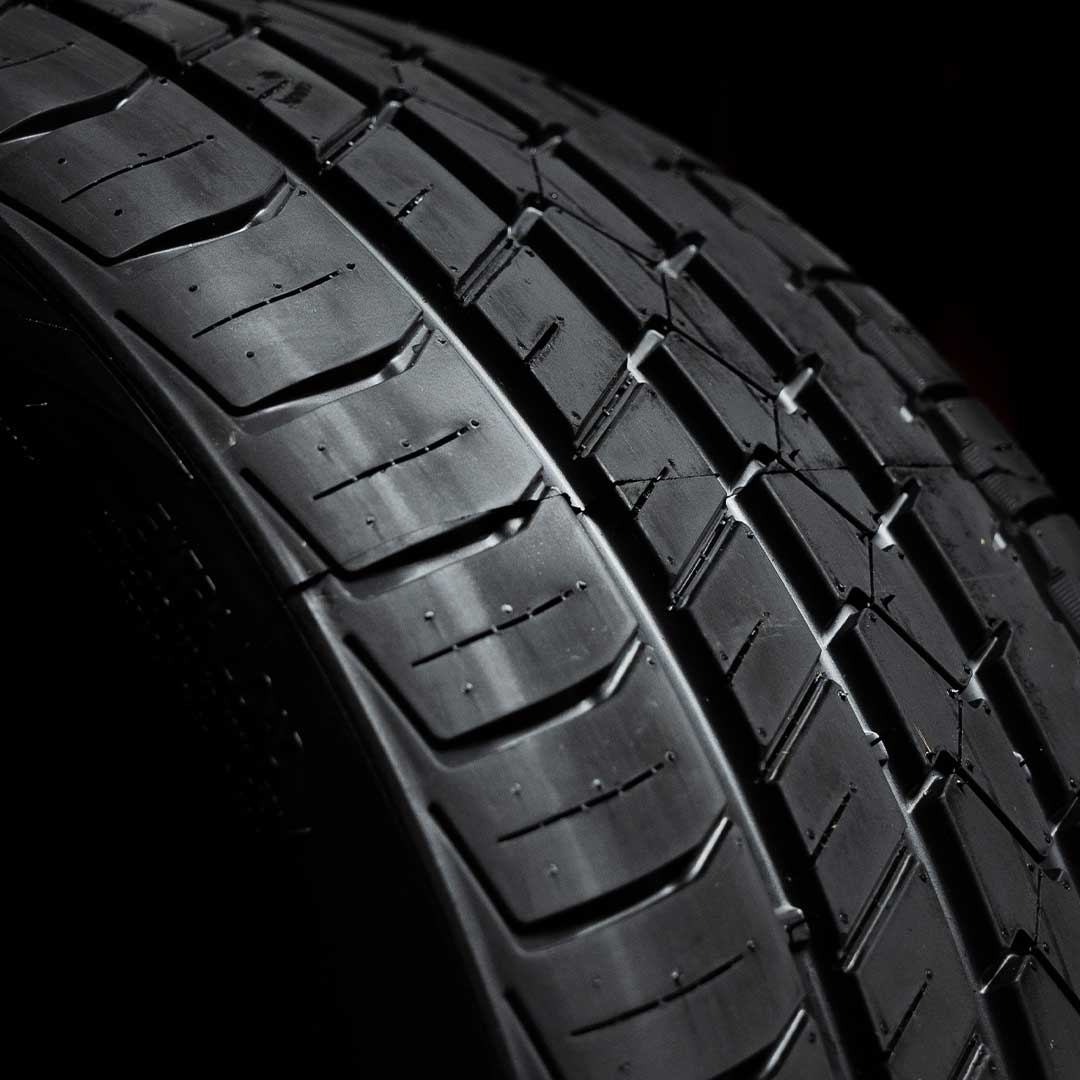
Slow Leaks: The Silent Problem
Slow leaks are tricky because they’re not always immediately noticeable. A slow leak could be due to a small puncture, a faulty valve stem, or even a bead leak where the tire seals against the rim.
- Warning Signs: A gradual decrease in tire pressure is a telltale sign of a slow leak. If you notice that one of your tires needs air more frequently than the others, it’s likely a slow leak.
- Use a Tire Pressure Gauge: Regularly checking your tire pressure with a tire gauge is key to catching slow leaks early. Most modern vehicles also have a Tire Pressure Monitoring System (TPMS) that will alert you if a tire’s pressure is too low.
- Get It Checked: If you suspect a slow leak, it’s essential to have it checked by a professional. Ignoring a slow leak can lead to uneven tire wear or a potential blowout.
Lionhart Tires are designed to minimize air loss and provide superior sealing, giving you an added layer of safety on the road.
Driving on a Spare Tire
Many vehicles come equipped with a spare tire, also known as a “donut.” While convenient in emergencies, spare tires are not designed for long-term use.
- Speed and Distance Limitations: Spare tires are typically rated for short distances and lower speeds. Check the sidewall for specific speed and distance limitations, which are generally no more than 50 miles and 50 mph.
- Replace as Soon as Possible: After fitting a spare, make sure to replace it with a full-size tire as soon as possible. Driving too long on a spare can compromise vehicle handling and safety.
If you’re looking for a reliable replacement tire, Lionhart Tires provide a wide range of options for every vehicle type, designed for both durability and comfort.
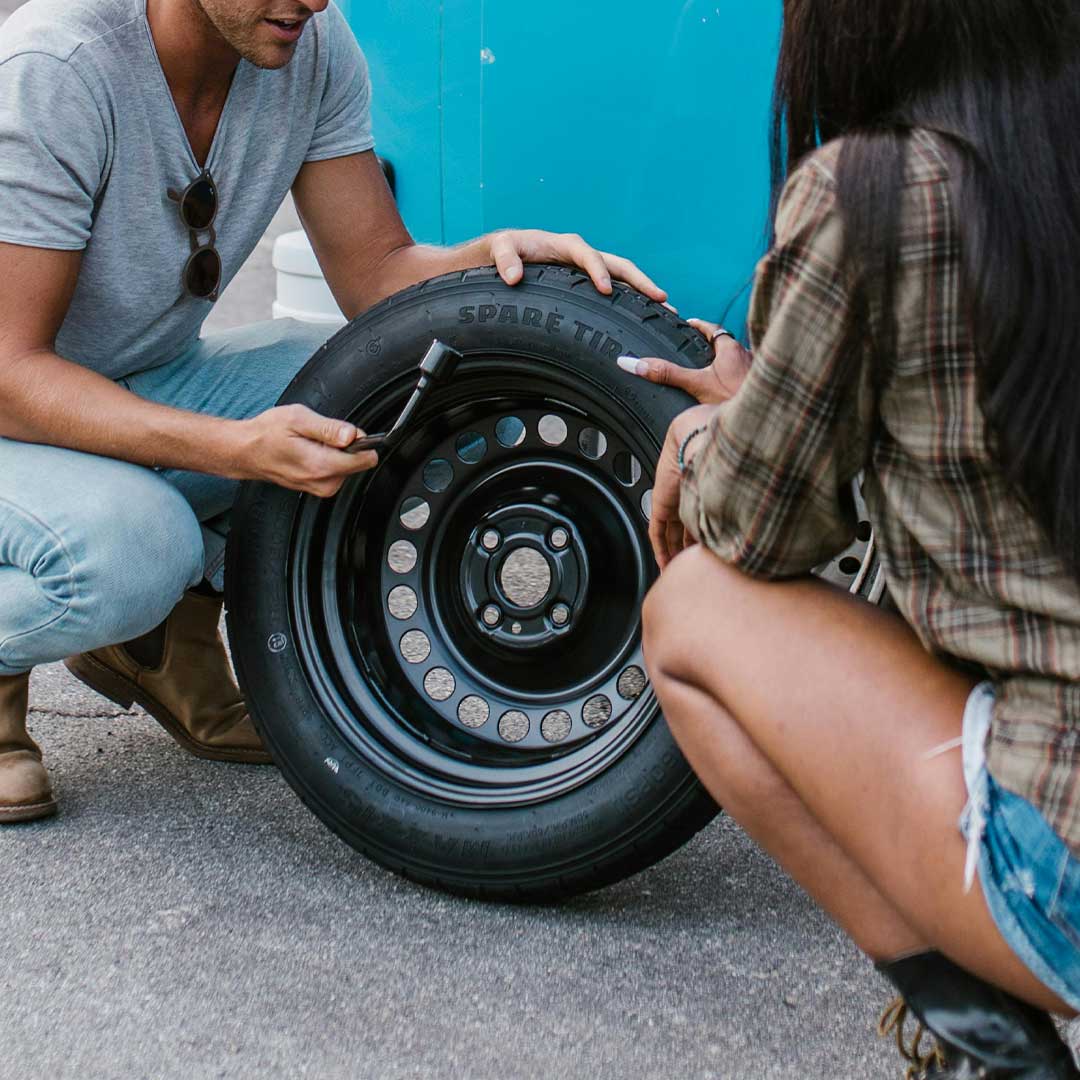

Tire Pressure Issues
Under-inflated or over-inflated tires are not just inefficient—they’re dangerous. Incorrect tire pressure affects handling, fuel efficiency, and increases the risk of a blowout
- Check Regularly: Tire pressure should be checked at least once a month. You can find the recommended pressure on the driver’s side door frame or in your vehicle’s manual.
- Use the Right Tools: A simple tire pressure gauge can help you keep tabs on your tires’ health. Maintaining proper pressure will help extend the life of your tires and improve fuel economy.
Lionhart Tires are designed to perform optimally at the recommended pressures, providing consistent handling and safety no matter where you’re headed.
Tire Alignment and Balance
Misalignment and improper tire balance can lead to uneven tire wear, vibrations, and reduced safety. If you notice your vehicle pulling to one side or experience unusual vibrations while driving, it might be time to check your alignment and balance.
- Professional Alignment: An alignment ensures that all four wheels are parallel and pointing in the right direction. Proper alignment can extend the life of your tires and improve handling.
- Balancing the Tires: Balancing is different from alignment. It involves equalizing the weight distribution around the tire to ensure smooth rotation, which prevents vibrations and uneven wear.
Lionhart Tires offer precision manufacturing to reduce irregular wear and promote even performance across the entire lifespan of the tire.

Emergency Preparedness: Key Tips
- Keep an Emergency Kit: Make sure your vehicle has an emergency kit that includes a jack, lug wrench, flashlight, gloves, tire inflator, and a reflective safety triangle.
- Know Your Tires: Understanding your tire type and size can help you be better prepared when selecting replacements. Lionhart Tires come in a variety of options to meet your specific needs, whether you’re driving an SUV, sedan, or sports car.
- Routine Inspections: Make it a habit to inspect your tires visually every week. Look for any unusual wear, bulges, or foreign objects stuck in the treads.
Why Choose Lionhart Tires?
When dealing with emergency tire situations, the best strategy is to reduce the chances of them happening in the first place. Lionhart Tires are engineered to provide unmatched durability, performance, and safety. Our tires are built with advanced tread designs and high-quality materials to minimize the risks of blowouts, punctures, and rapid wear, ensuring that you’re always in control.
Whether it’s our all-season tires for year-round reliability or our ultra-high-performance options for the enthusiasts, Lionhart Tires keeps you prepared for whatever the road throws your way.
Be Prepared and Drive Safe
Tire emergencies are stressful, but being prepared can make all the difference. By understanding how to handle common tire issues like blowouts, flats, and pressure problems, you can navigate these situations safely. Investing in quality tires like those from Lionhart Tires helps you avoid many common pitfalls and keeps you rolling with confidence.
Need a new set of reliable tires? Visit Lionhart Tires today to explore our wide selection of high-performance and all-season options that will keep you safe on the road, no matter what.


